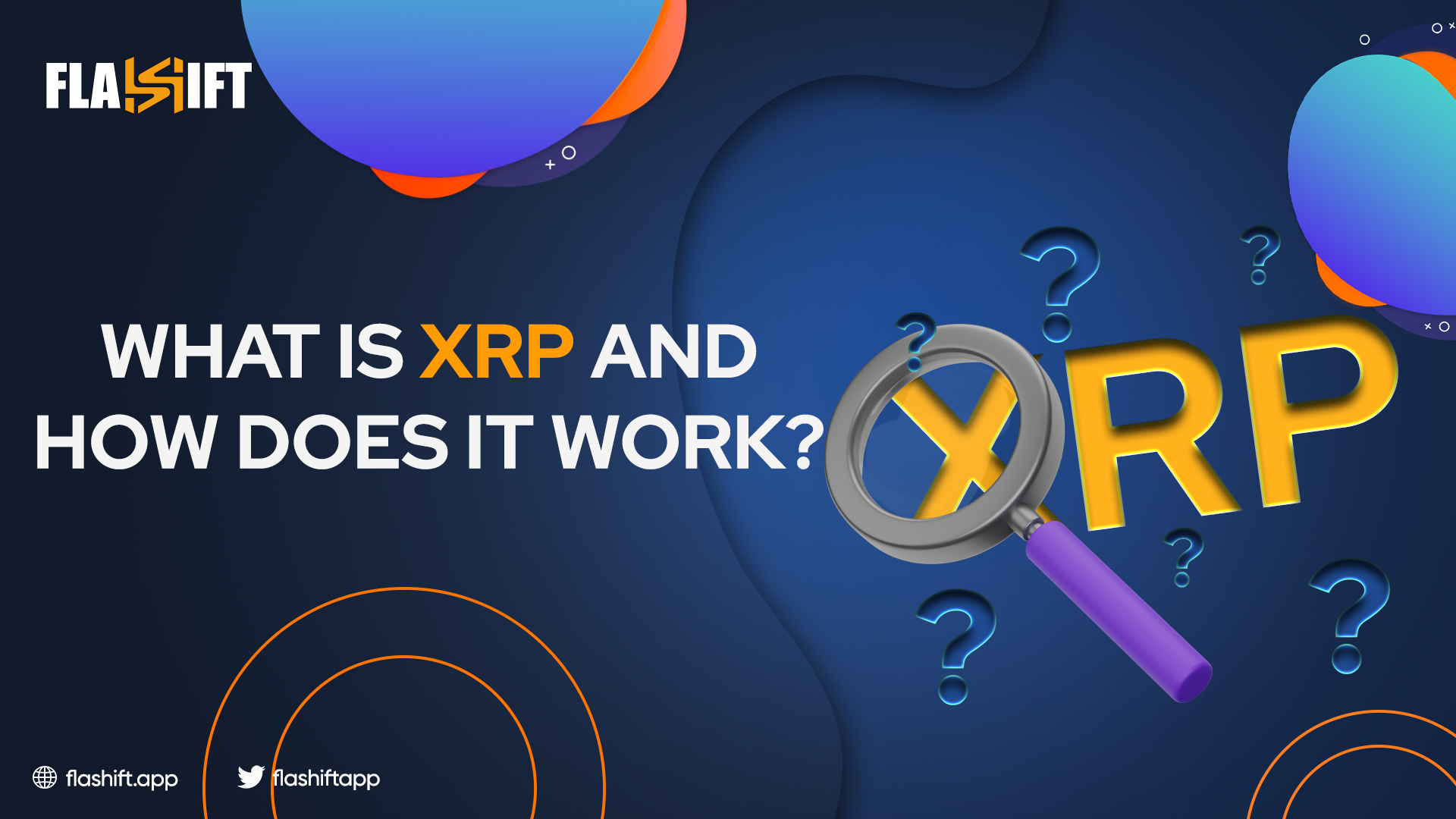What Exactly Is XRP?
Ripple Labs is a company that employs XRP as a cryptocurrency and token to conduct payments on the network it operates. Ripple mainly improves worldwide money transfers and currency exchange.1 It is also used by traders to hold wealth and profit on volatility in prices.
Despite XRP is commonly referred to as Ripple, it is vital to note that XRP is a freely available digital currency that is unrelated to Ripple, a technological business. Ripple is a technology that Ripple utilizes in its products and services to assist consumers stay consistent since it is quick, effective, dependable, carbon-free, and has rapid delivery.
The whole quantity of the token was/are allocated in the following manners:
- Initially Ripple, the parent firm, received 80 billion XRP coins. To assure a steady supply of XRP, the business placed 55 billion in an account for escrow.
- The balance of 20 billion XRP were then distributed to Ripple co-founders and its key staff.
- The rest of the Ripple are being distributed at an average of less than one billion each month, despite the fact that the initial release timeline was for 55 months.

Pros of using XRP
- Quick resolution. Payment verification are relatively quick. They typically take between four and five seconds, as opposed to the weeks it can take institutions to finish the transfer of funds or the hours or minutes that it may take for transactions made with Bitcoin to be validated.
- Fees are really modest. A single transaction on the Ripple network costs just 0.00001 Ripple, or just one-tenth of a cent at current pricing.
- Interchange network that is flexible. The Ripple network does more than just execute payments in Ripple. It may, however, be used to other currencies such as dollars and digital currencies.
- Large businesses in finance use it. Ripple may potentially be used as a payment platform by large corporations. This network is already being used by Santander and Bank of America, proving its widespread corporate market adoption.
Cons of using XRP
- A small-centered system. A few of the reasons why bitcoins got famous was because they were distributed, removing influence from enormous financial institutions and authorities. Due to its default collection of validation methods, the Ripple network might be relatively centrally controlled, which contradicts this idea.
- A large amount of Ripple has already been produced. Although the majority of the Ripple quantity not in use remains in an escrow account huge amounts may be reintroduced at inconvenient periods, affecting the price of Ripple.
- The SEC has taken actions against XRP. The SEC filed a lawsuit over Ripple in December 2020, claiming that because it can select when to issue Ripple, the business should have declared it as a commodity. The corporation has refuted the charge.
GPU Mining; what is it and how does it work?

Ripple and XRP Applications
You could utilize Ripple in the same way that you would with any other digital currency, for purchases or as a possible invest. You might also utilize the Ripple network to conduct other sorts of operations, such as currency exchange.
For instance, if you are interested in exchanging US dollars for pounds, you may first exchange them for XRP via the Ripple network, before you use them to buy pounds, rather than doing it straight via a bank or money exchanging agency. This might be a quicker and less costly option than paying the exorbitant fees that banks and money transfer companies may demand.
How Safe Is XRP?
To validate operations, the Ripple network of XRP employs a consensus system. As fresh transactions arrive, inspectors update the ledgers each three to five seconds to confirm that the transactions reflect the other records. As a consequence, the entire system is safer and more effective than other cryptocurrencies in terms of transaction validation.
Conclusion
Despite its numerous problems, XRP maintains one of the most valuable currencies in terms of market capitalization. It may be used for commerce or as a hedge identical to any other type of digital money. If you do choose to make investments, be assured you don’t invest beyond what you are able to lose.
